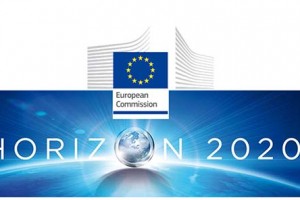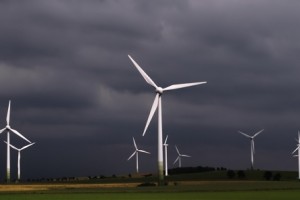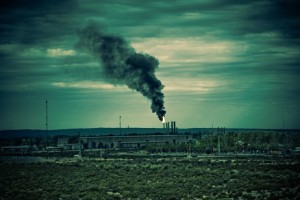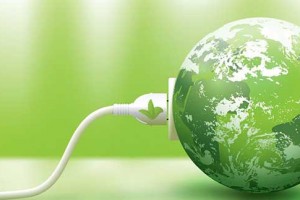
Event for the H2020 project initiatives
The Enterprise Europe Network, the National Contact Points for NMP and the Knowledge Transfer Network have extended an open invitation to participate in an event that will be the launching point for H2020.
You can submit proposals until May 31st, 2016, that may be included in the 2017 call for proposals for projects of the European Union within the H2020 framework in the NMBP field (Nanotechnologies, Advanced Materials, Biotechnology And Production).
This is a free-of-cost event for participants that will serve as a platform for presenting the 2017 calls for proposals, and will reveal the expectations and the main lines of action from the European Commission for this period.
The schedule includes presentations by the EC and its project evaluators and will allow participants to expose their proposals before them and the international experts on the subject.
The event will be centered on the calls for the following fields:
- Advanced Manufacturing and Processing (AMP)
- Nanotechnologies and Advanced Materials
- Factories of the Future (FoF) and Robotics
- Energy Efficient Buildings (EEB)
- Sustainable Industrial Processes (SPIRE)
- Bottom-UP Topics
For more information click here.













